If you have the good fortunte to land in Arita, a charming town on the western edge of Saga Prefecture in northern Kyushu, you won’t want to miss the opportunity to visit this shrine!
Dating back to at least the 8th century, Shinto is the indigenous belief of Japan. Its name can be translated as “the path of the gods”. Practitioners of this faith sense spirits throughout nature, and you can often come across a decoration like the one adorning the tree below. Called “Shimenawa”, these rice straw ropes are often decorated with folded paper, known as “shide”. Both indicate a sacred space. Shimenawa are also used to ward off evil spirits.

Sueyama Jinja, also known by its nickname, Tozan (“Pottery Mountain”) Shrine, is situated on a hill overlooking this quaint town recalling the scenery from a Hayao Miyazaki film. Two copper Komainu lion-dogs guard the entrance to this shrine, long revered by Arita’s potters. The fine details found throughout the shrine grounds are a testament to the artistry of its citizens, many of whose descendants still still live and work here.
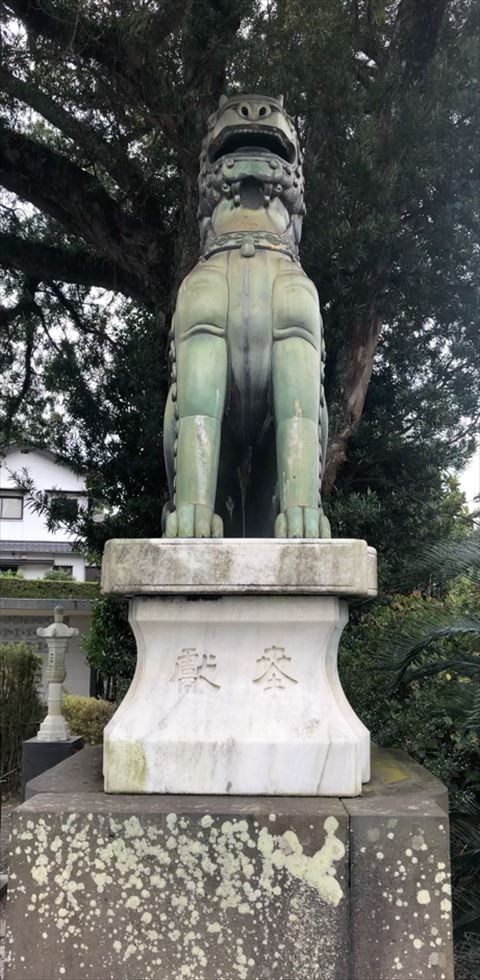
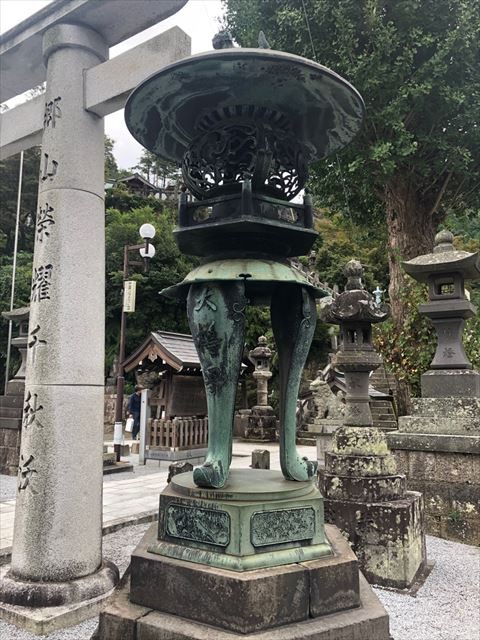
Any Shinto shrine in Japan will have a basin filled with clear water for ritual purification. Take the dipper and pour some water over your left hand first, then the right hand. Cup your left hand and pour a little water in it, then sip the water and rinse out your mouth. Finally, take the dipper, usually made of bamboo or similar wood, and run a thumb and forefinger down the handle to cleanse it before returning the dipper to its place. I find it helpful to bring a handkerchief to dry the hands after this ritual, conducted in silence.
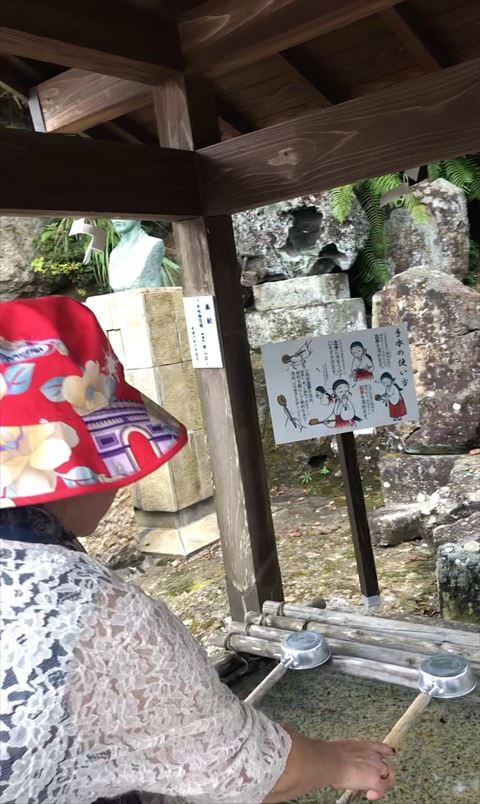
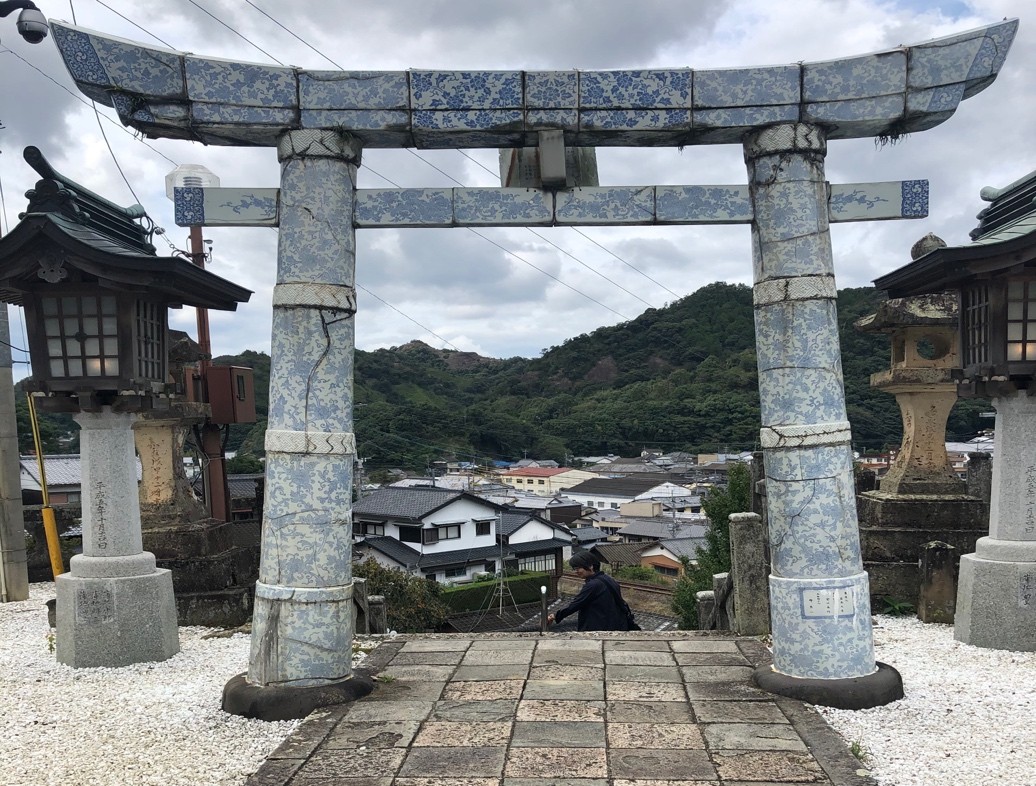
Visitors want to be sure and wear sturdy shoes, as the “stairway to heaven” is quite steep, but once you reach the top, a rare porcelain Torii shrine gate will frame panoramic views of Arita spreading out before you. Built in 1888, this porcelain Torii was designated a Tangible Cultural Property in 2000 by the Japanese government, an indication of its historical value.
Looking at this structure, one hopes it will be spared the inevitable earthquakes that rock Japan, an archipelago sitting atop three converging techtonic plates. Perhaps the kami of this shrine, Ojin, the enshrined 15th emperor of Japan, is watching over this delicate Torii.
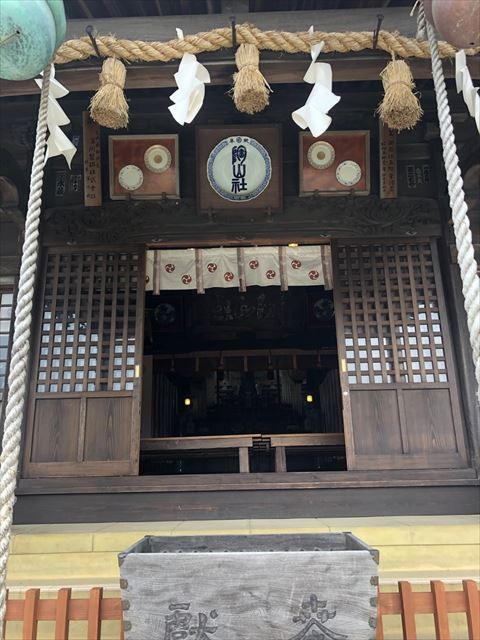
Here is the sanctuary, where offerings are made and worshippers pray to the kami, or god. Small coins, especially in denominations of 5, 10, or 50 yen, are tossed into the offertory box. The reason for coins of these amounts is that “en” is a Japanese homophone for both Yen and Connection. “Go-en”, or five yen, indicates a connection of honor. “Ju-en”, or ten yen, adds weight to that connection. “Go-ju-en” combines these terms for an even deeper connection, whether that be with nature, the spirit world, other people, or even yourself.
It is common to bow twice at about a 30 degree angle, then clap your hands twice, sliding your right hand slightly below your left. One more deep bow is made, often followed by a slight bow before leaving the sanctuary. The whole process is over in a fleeting moment.

Behold this charming illustration and bilingual explanation of the history of Tozan Shrine!
While most citizens of Arita are monolinguals, a nod and a smile go a long way to show your appreciation for the care with which history is so lovingly preserved here. Please try to be respectful during your visit, as a Shinto shrine is a house of worship, just one that happens to be outdoors. Any time of year is appropriate for a visit to a shrine, but events held year round lend a festival atmosphere to many shrines. During Japanese New Year, typically from January 1 to 3, shrines all over Japan are thronged with worshippers seeking good fortune.
Sponsored by Kyushu Tourism Promotion Organization and Prefectural Government
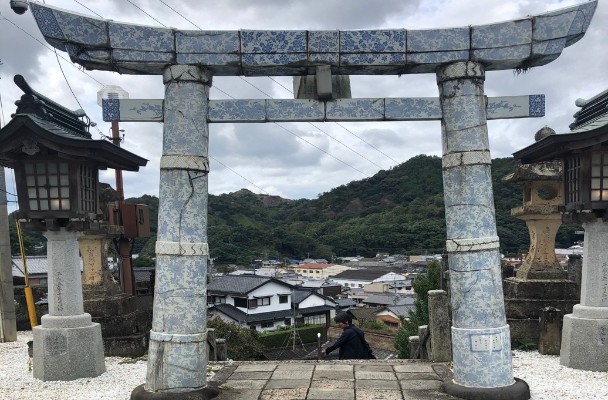
Comments